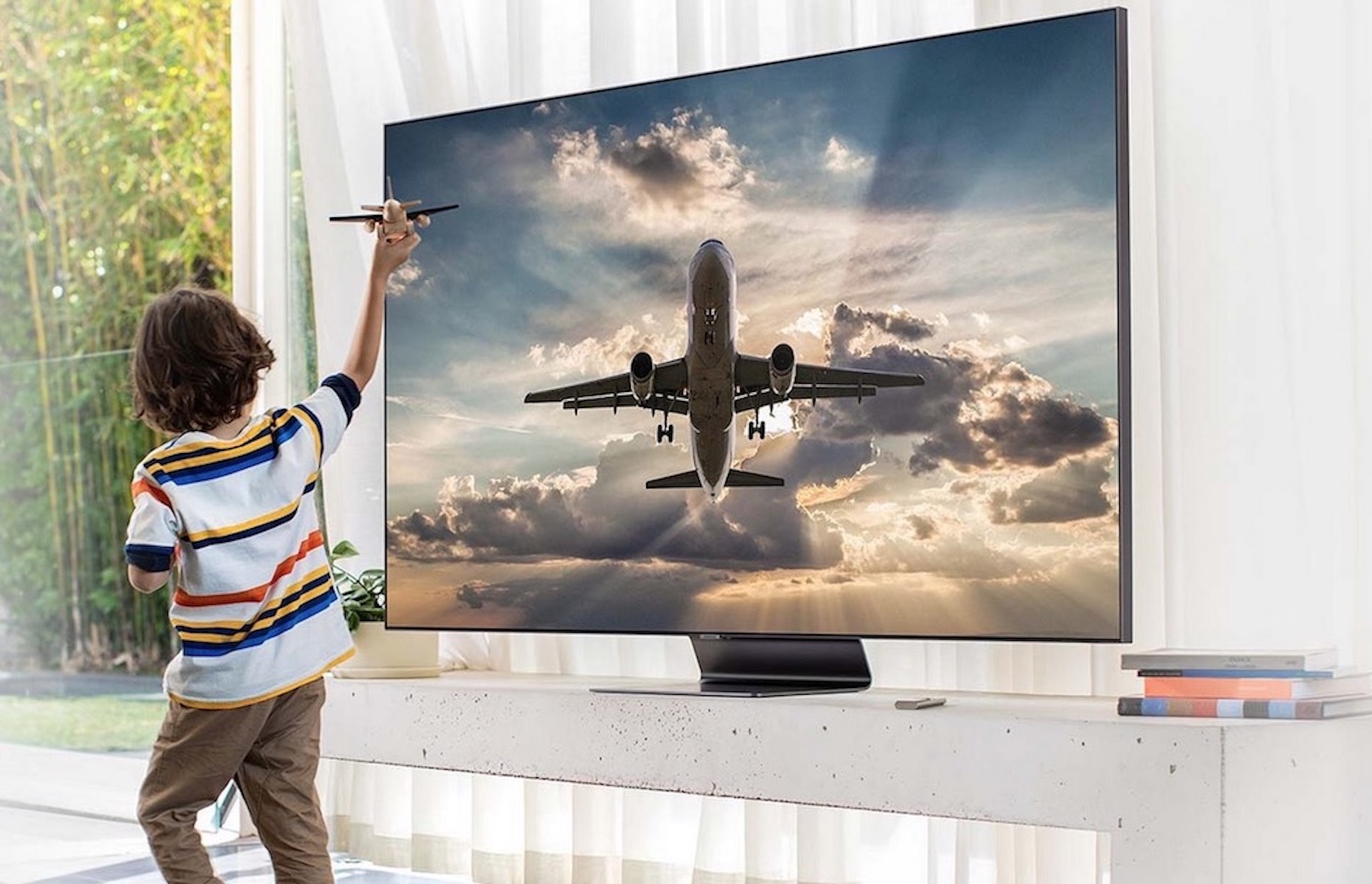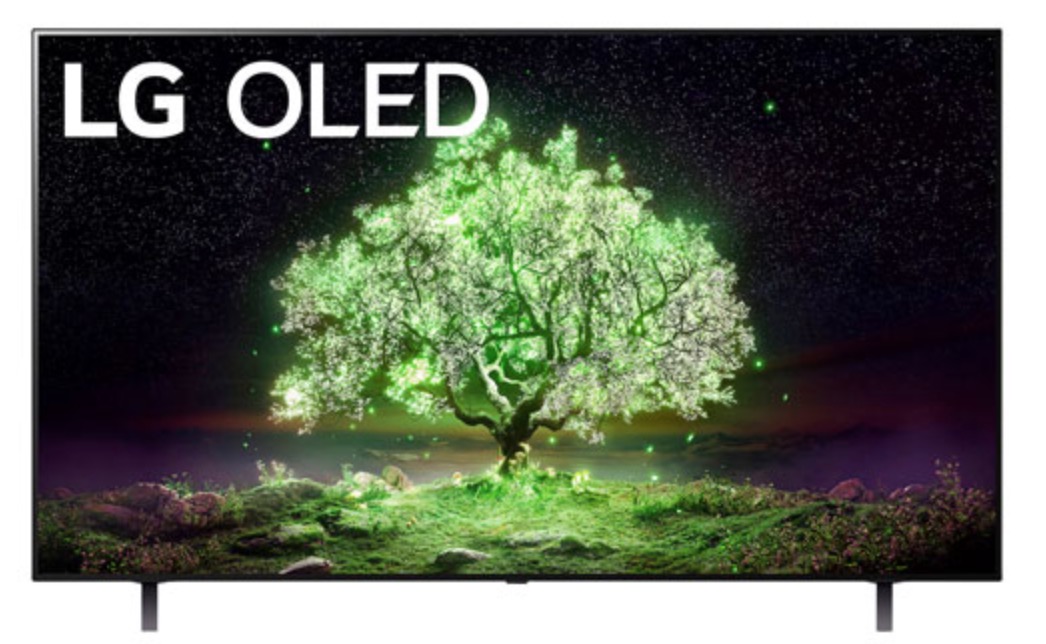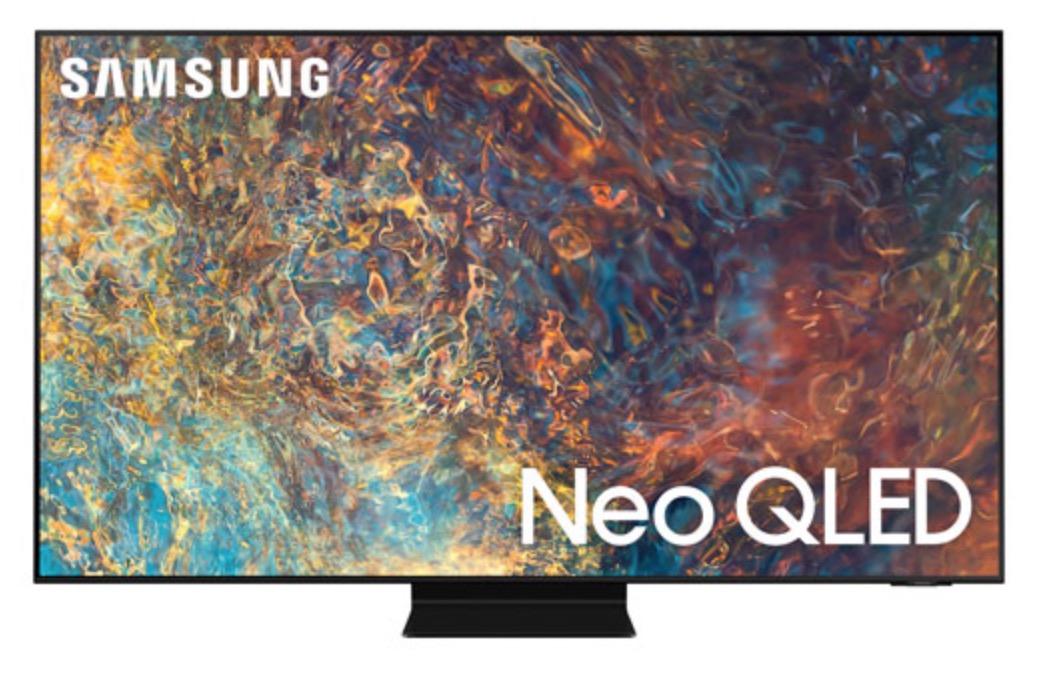
From size to mounting options, there are a lot of different decisions you’ll need to make when you’re looking for a new TV. One of the most important choices for anyone buying a new TV is which display technology you’d like. Out of all of the different displays, you’ll find that OLED or QLED are the most popular. If you’d like to choose one or the other but you’re not sure which is for you, I’ve done a quick comparison to help you make your decision.
Should your next TV be an OLED or QLED?
The best way to make a decision on whether you’d like an OLED TV or a QLED TV is to learn about their similarities, differences, and how they work.
Similarities between OLED or QLED

While OLED and QLED use different TV technologies to light up the display, both types do offer similar features. They both have 4K Ultra HD or 8K resolution and you can find both types of TV in the same sizes including 55 inches, 65 inches, and up. They are also both available as a Smart TV with pre-loaded apps like Netflix, YouTube, and more.
Both types of TV are available with very thin frames, and you’ll find they both have similar standard ports including several HDMI, USB, and HDMI ARC if you’d like to plug in a soundbar. You’ll be able to mount both types of TV on your wall or use the included stand to place it on an entertainment unit.
If you’re a gamer or you watch action sports, you’ll find that both OLED or QLED are available with 120Hz refresh rate. Depending on the model and brand you choose, you’ll find other gaming features that are similar too. Some models have preset gaming functions, while others have gaming dashboards where all of the settings are dialled in specifically for your game.
Main differences between OLED and QLED
Before I highlight the differences between OLED and QLED, I’ll give you a quick rundown on how both work.

How a QLED TV works
You might already know that LED stands for light-emitting diode. You may also have read up on this type of diode and know it is used to provide the backlight for LCD TVs.
QLED stands for quantum dot light-emitting diode. Quantum dots are microscopic dots that can emit different hues of light. In a QLED TV, these quantum dots are packed into a layer or type of film that rests above the LED backlight.
While the dots themselves are so small you’d need a microscope to see them, they do vary in size and the size determines the colour they produce. When an LED backlight shines on quantum dots they will amplify and intensify the colour the TV produces, resulting in picture quality that’s significantly brighter and more vibrant than a standard LED display.
Samsung was the first brand to develop QLED technology, but you’ll also find this TV tech used by brands like TCL, Sony, Insignia, and Hisense. You’ll find variations of QLED TV now too. Samsung recently developed a technology called Neo QLED. Neo QLED uses Mini-LEDs that are much smaller than regular LEDs, and that allows the TV to produce more intense, vibrant colours, bright whites, and dark blacks.
How an OLED TV works
While a QLED TV relies on LED backlight technology, an OLED doesn’t use LED backlights at all. OLED TVs don’t need that backlight because the TV is lit by organic light emitting diodes. These diodes are self-illuminating and they can turn off and on like a light switch. When the image displayed needs to be black, the diode just turns itself off. When it needs to be colour, it lights up.
The main differences between OLED and QLED

When shopping for an OLED or QLED TV, you’ll want to keep in mind these main differences.
Black levels
The biggest difference between an OLED TV and a QLED TV is how deep the black level can be. While a QLED TV can replicate dark blacks and a QLED with Mini-LED can make that black even darker, an OLED has the power to just shut off its pixel. The display will be as dark as if you pulled the plug and turned it off.
Colour and contrast
The deeper blacks on an OLED TV means it can achieve better contrast than a QLED TV. Contrast on a TV is the difference between how dark and how bright parts of an image are. When the image can get as dark as it gets on an OLED, the brighter parts look even brighter. With that amazing contrast and bright, vivid colour, you’ll find that the picture quality on an OLED is a step up on anything you’ve seen before.
Price of OLED vs QLED
Budget is always a consideration when buying a new TV, and you’ll find the cost of OLED to be slightly higher than QLED. Even if you choose a Mini-LED QLED TV, it will cost less than an OLED.
TV brands that offer OLED and QLED

Most TV brands offer a choice of OLED or QLED, with only Sony offering both. Samsung, TCL, and Hisense are the main brands that offer QLED TVs. OLEDs are mainly offered by LG and Sony.
You’ll find both types of TV with various operating systems including Roku and WebOS, but quite a few brands are jumping on board with a standard OS like Google TV. Google TV offers you a hub for all of your favourite streaming apps, voice control via the Google Assistant, and Airplay to stream your phone’s content to your TV.
Should you choose OLED or QLED?
It can be hard to make the choice between OLED and QLED TVs. While OLEDs have better colour, contrast, and can achieve pitch black, the picture quality on a QLED is still outstanding. QLEDs can achieve dark blacks, brilliant colour, and have quite a few of the same features as an OLED too. Ultimately the choice is yours, and it’s a great choice to have to make. Either way, you’ll be bringing home an amazing TV.
You can find OLED TVs and QLED TVs on Best Buy right now.



